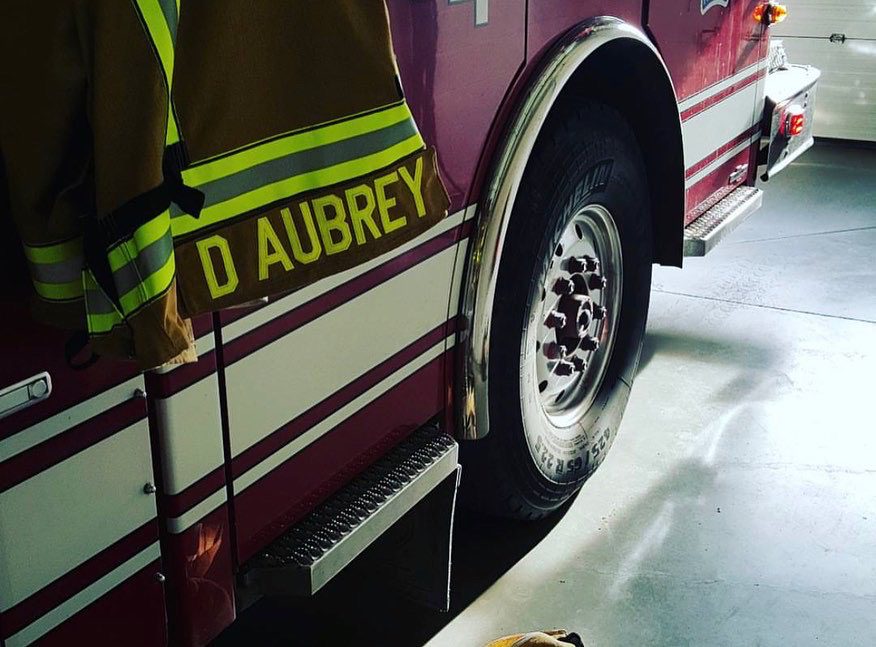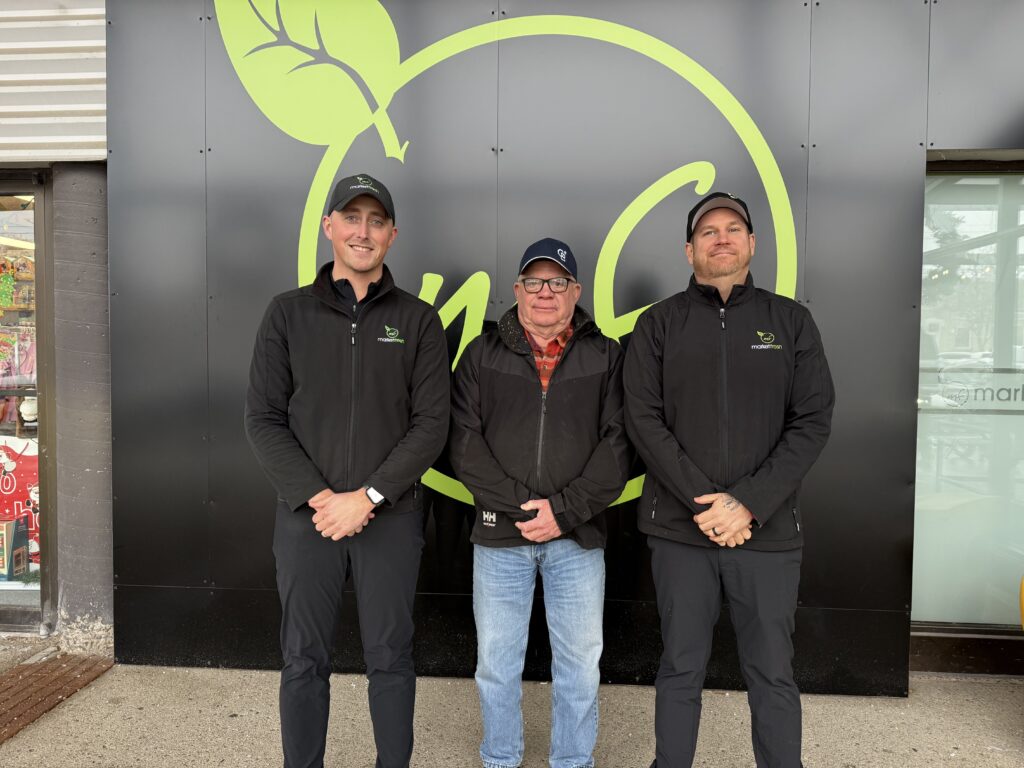Why CO deserves your attention
- Carbon monoxide is invisible and odourless. It comes from fuel-burning appliances (furnaces, fireplaces, gas stoves, water heaters, vehicles in attached garages, portable generators, etc.).
- Early detection saves lives. CO alarms alert you long before symptoms become severe (headache, dizziness, nausea, confusion).
- It’s a whole-home issue. Even newer or well-maintained homes can have CO exposure from venting problems, back-drafting, or running engines in garages.
10-minute Safety Checklist
- Test every alarm.
- Press and hold the test button until you hear the full alarm sequence.
- If it doesn’t sound, replace the batteries immediately—or the entire unit if it’s hardwired with a dead backup.
- Check expiry dates.
- Smoke alarms: typically replace every 10 years (check the manufacture date on the back).
- CO alarms: replace every 5–10 years depending on the model. If the label is faded or missing, replace now.
- Confirm correct placement.
- Smoke alarms: on every level, inside each bedroom (or at least outside sleeping areas), and near stairwells.
- CO alarms: outside sleeping areas and on every level with a fuel-burning appliance or an attached garage. Avoid bathrooms or very humid areas.
- Swap batteries.
- Change batteries annually (or when you hear a single “chirp” every 30–60 seconds). Consider sealed 10-year alarms to reduce maintenance.
- Clean and clear.
- Gently vacuum alarm vents to remove dust.
- Keep alarms at least 10 feet from kitchen appliances and away from ceiling corners where dead air collects.
- Review your escape plan.
- Two ways out of every room, a meeting spot outside, and practice—especially with kids.
- Make sure windows and doors open easily in all seasons.
If an alarm sounds—what to do
- Smoke alarm: Get everyone out, stay out, and call 9-1-1 from outside.
- CO alarm: Move outdoors or to fresh air immediately. Call 9-1-1. Do not re-enter until emergency services say it’s safe. Have a licensed technician inspect all fuel-burning appliances and vents.
Smart upgrades worth considering
- Interconnected alarms: When one sounds, they all sound—critical in larger or multi-level homes.
- Combination Smoke/CO units: Fewer devices to maintain.
- Hardwired with battery backup: Best reliability during power outages.
- Monitored systems: Great for travellers or seniors; alerts can be sent to your phone or a monitoring centre.
Seasonal homeowner tips
- Book an annual service for your furnace, fireplace, and water heater.
- Keep outside vents clear of leaves, lint, and snow.
- Never run vehicles or fuel-burning tools in an attached garage—even with the door open.
- Place portable generators outside, far from windows and doors.
For landlords & tenants
- Landlords are generally responsible for installing and maintaining compliant smoke and CO alarms; tenants must not disable them and should report issues promptly. Requirements vary by municipality and building type, so check your local bylaws and fire code.
Quick myth-busting
- “I have electric heat, so I don’t need a CO alarm.”
You might still have sources like an attached garage, gas stove, or fireplace. - “My alarm chirps sometimes—must be a glitch.”
Chirps usually mean low battery or end-of-life. Don’t ignore it. - “New homes don’t need checks.”
New construction still requires testing and maintenance—safety gear ages.
We’re here to help
If you’d like a free Home Safety Checklist or recommendations on code-compliant alarm models for your style of home (condo, townhouse, rural property, or multi-unit), reach out to the Let’s Talk Real Estate Team. We’re always happy to point you to trusted local pros for HVAC and fireplace servicing, too.Stay safe, test today, and enjoy peace of mind all year long.
- Dave Aubrey (Realtor/Firefighter)



